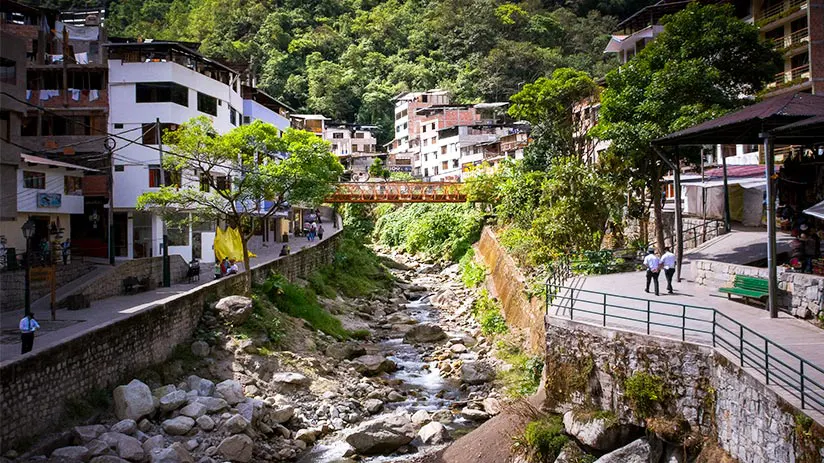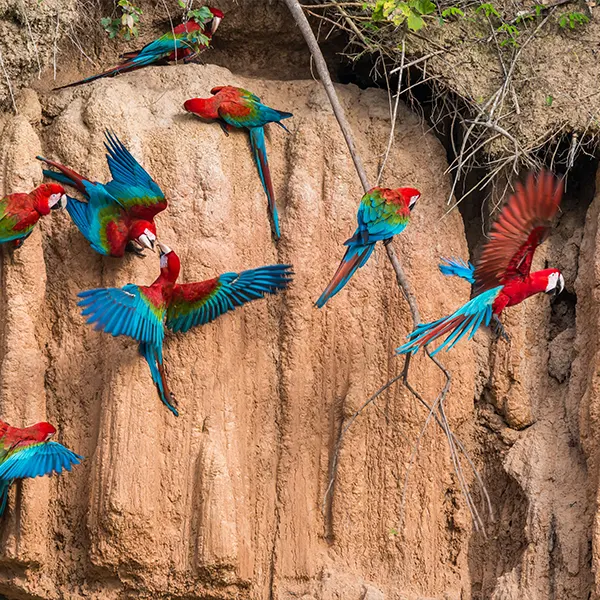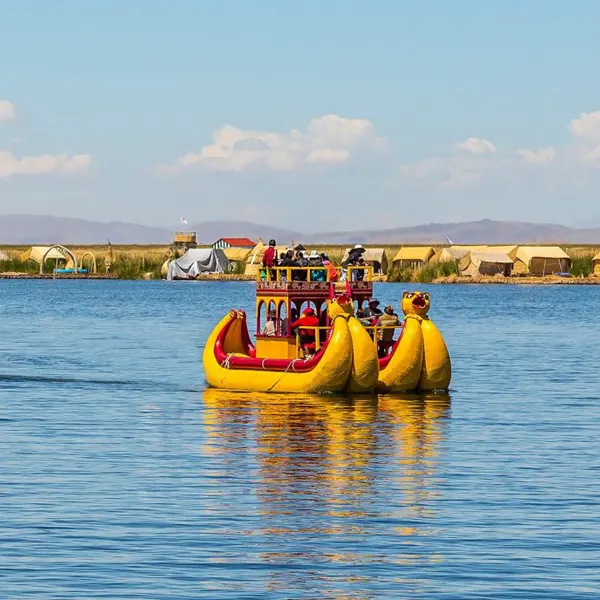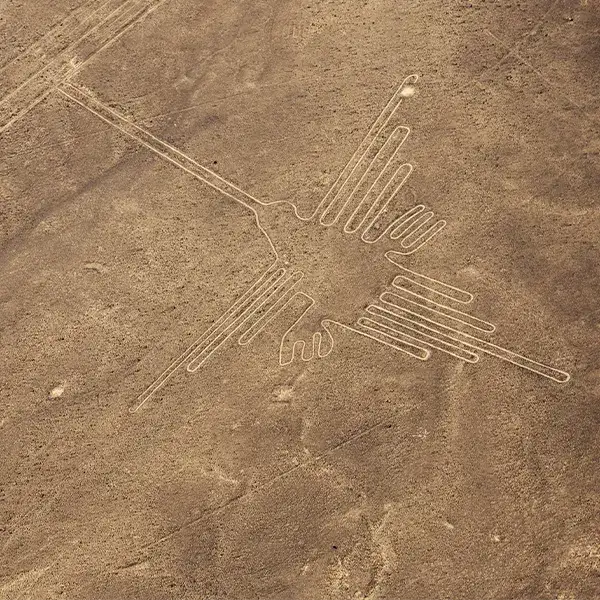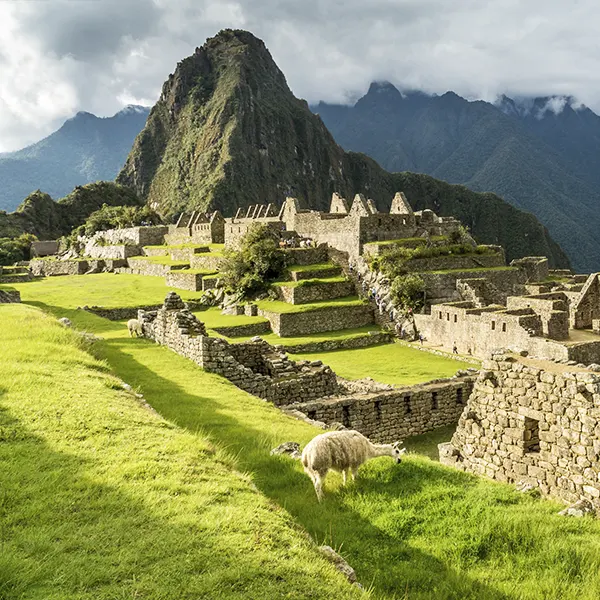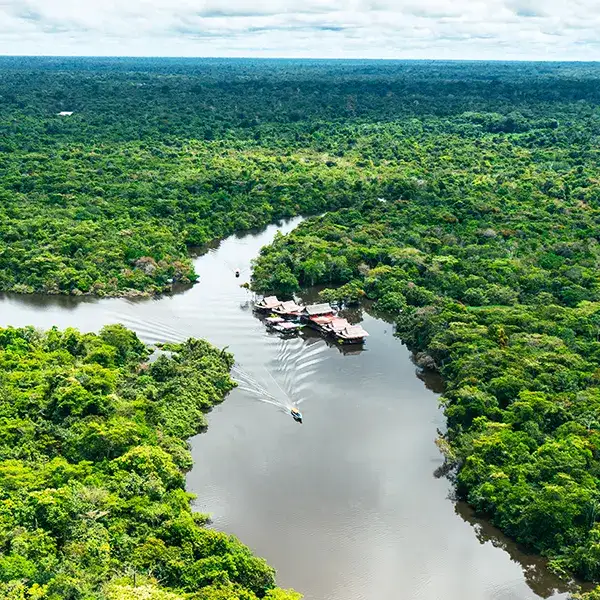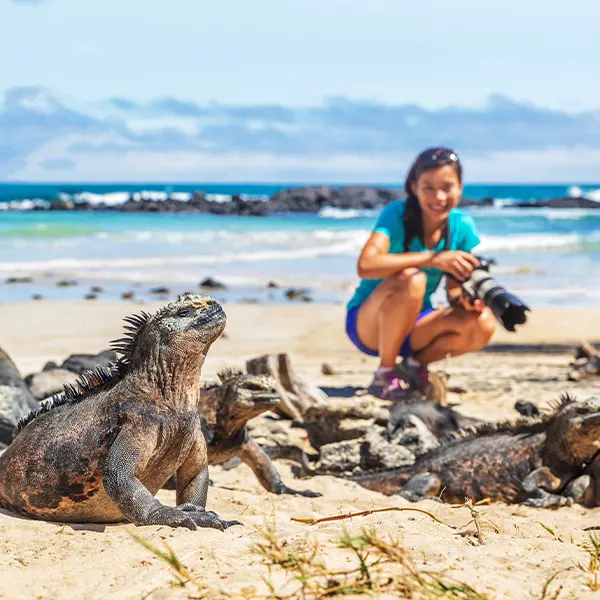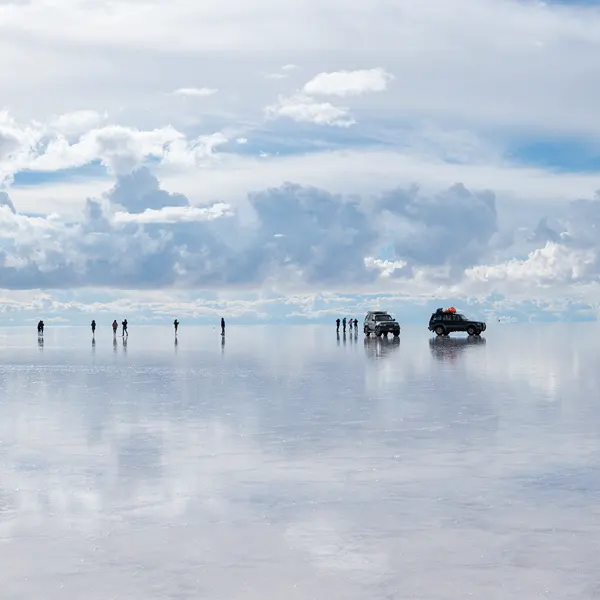When we talk about Machu Picchu, we have to talk about its modern town, Aguas Calientes. Because the only transportation to get to the Inca citadel is by train. And, this town has a unique terminal train station close to the Inca marvel. Without mentioning the several excellent hotels, restaurants, and markets located there. In consequence, a stop in this small town is a must for those who want to visit Machu Picchu. And, with the experts of Machu Travel Peru, we invite you to learn more about this important town!
Everything you need to know about Machu Picchu Town
- Location
- Aguas Calientes or Machu Picchu town
- History
- Best Time To Visit It
- Best Activities To Do
- How to get there
- Hotels and Restaurants
- Tips to enjoy
Location
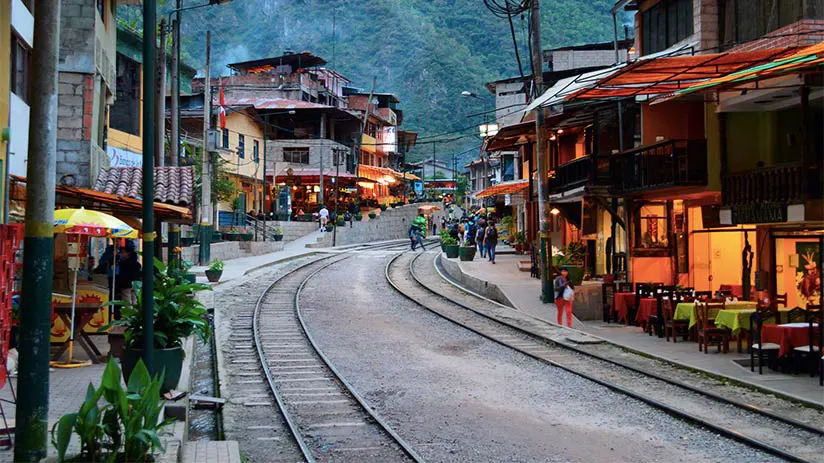
This charming small town is located in the south of Peru. The town is over the Urubamba riverbanks, at 9 kilometers east of Machu Picchu. And 74 kilometers northwest of Cusco. Politically, the town belongs to La Convención district, Urubamba Province, Cusco department. Its main access is by train taken from Ollantaytambo town (31 kilometers northwest)
This town has an altitude of 2040 meters above sea level (6693 feet). This means that it is lower than Machu Picchu Citadel (7973 feet) and Cusco City (11152 feet). And, it is surrounded by granite mountains covered by vegetation.
In addition, the town has a population around of 3,600 inhabitants.
| From | Distance |
| Machu Picchu Citadel | 9 Kilometers north |
| Ollantaytambo (Sacred Valley) | 31 kilometers northwest |
| Cusco city | 74 kilometers northwest |
Aguas Calientes or Machu Picchu Town
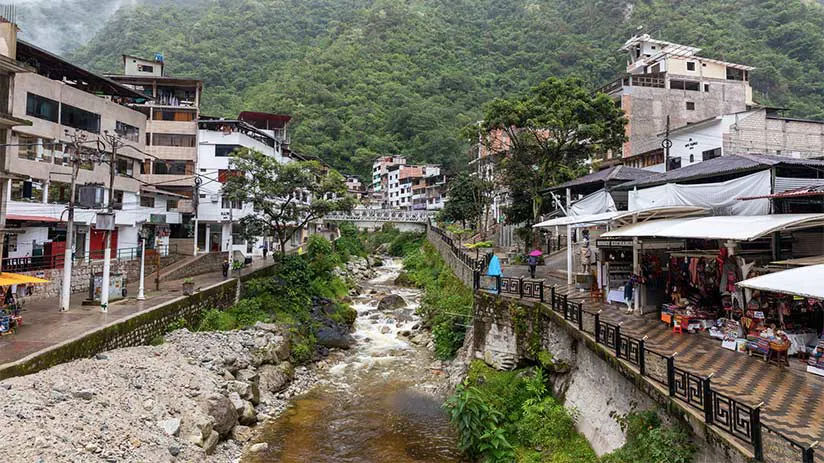
We know that it is this fact that causes the most confusion for visitors. However, both names represent the same town.
- Aguas Calientes. It is a name given by the locals, based on hot springs located in the north of the town. These thermal baths are next to the banks of the Vilcanota River, 800 meters from the main square. Visitors can take a dip in its waters while waiting their turns to visit the Inca citadel.
- Machu Picchu Town. It is a name given by the local municipality in recent years to resemble the name of the Inca wonder.
History
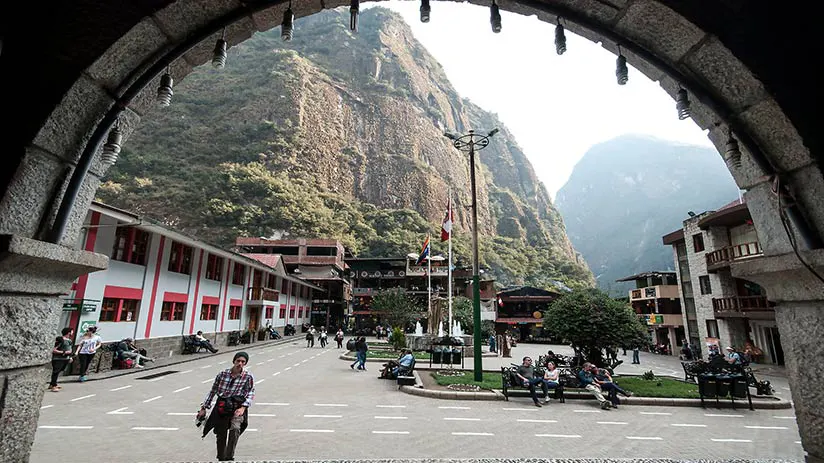
Aguas Calientes was created before the discovery of Machu Picchu when a railway was built to connect Santa Ana and Cusco. Santa Ana is situated 208 kilometers (683 feet) northwest of Cusco, deep in the jungle. That’s why the building’s progress has been slow since its beginnings in 1901. Later, the workers built a base camp at a certain point to rest. They didn’t know that years later, Machu Picchu would be discovered near that point. Then, the Rail Company ordered to installation of a small train station, becoming the first building in the future of Aguas Calientes town.
After, in 1911, Hiram Bingham unveiled Machu Picchu to the world, which brought archaeologists and researchers to the area. Over time, the train station attracted trade and tourism. However, during the 1970s and 1980s, the town’s population density decreased dramatically due to terrorism. It was not until the 1990s that Aguas Calientes began to experience further growth. It was due to the tourist growth of Machu Picchu.
Best Time to Visit It
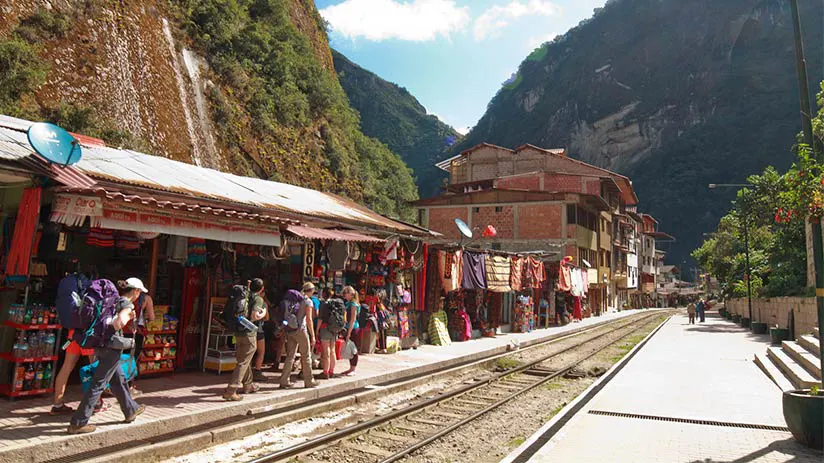
As this town is the closest to the Inca citadel, the best time to visit Machu Picchu is similar to visiting Aguas Calientes. In other words, the best time to visit Aguas Calientes is during the Shoulder Season. Through April, May, September, October, and November.
Machu Picchu Town has a warm and temperate climate. It is around 16 ºC (60.5 ºF) during most of the year. Of course, it is due to its location in the jungle area of Cusco. The minimum annual temperature is between 46 ºF to 51 ºF. Also, the temperature can down up to 0º in June, July, and August. On the other hand, the maximum annual temperature is between 70ºF to 80ºF.
- The Rainy Season. From late November until late March. It is characterized by hard rains, sky cloudy, and muddy roads. And the possibility of overflowing the Vilcanota River (This river surrounds the town)
- The Shoulder Season. It goes through April, May, September, October, and November. You will find occasional light showers but not more than in the rainy season. It is because of a transition period between the dry and rainy seasons. The advantage is fewer visitors than in the peak season. And a temperate climate, not so cold or hot but with clearer days and blue skies. Perfect for your dream postcards.
- The Dry Season. Clear skies and sunshine, with fresh breezes, are the characteristics of this season. It goes from the middle of April, May, June, July, August, and September, and the finals of October. And, it is characterized by perfect days but with many people in the attraction.
Best Activities To Do
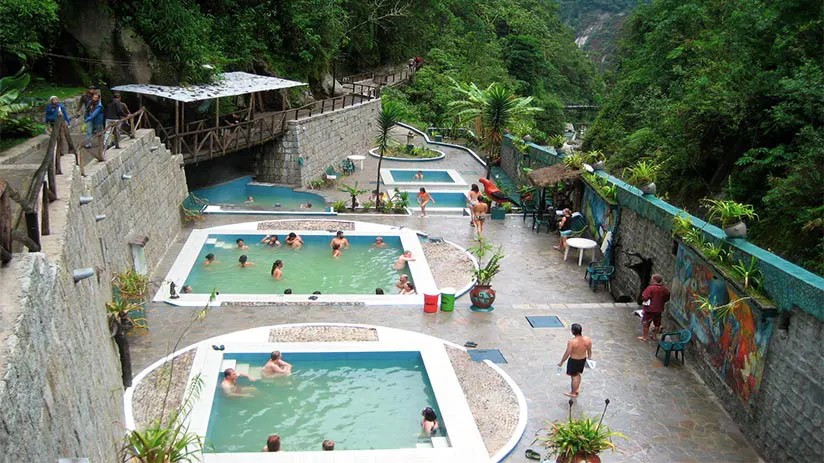
Until a few years ago, this town was a passing town for everyone who wanted to visit Machu Picchu. However, over the years, many tourists have wanted to spend, at least, a night in this town. Therefore, it has been filled with hotels, restaurants, and interesting experiences to do. In this sense, nowadays, you will find several attractions and things to do in Machu Picchu town.
1. Hot springs
This is the principal attraction of the zone, and it is the origin of the town’s name. These yellow hot water with sulfur are good for relieving the pain of rheumatism, osteoarthritis, and poor circulation. These have a temperature of around 38 – 46 degrees Celsius. These pools are located northeast of the town, 700 meters from the main square. And, the entrance has a cost of $6 per person and includes a storage cabin for your luggage.
2. Handicraft market
Around the Machu Picchu train station, a central handicraft market is located. Even more, the exit door of the train station is the entrance to this market. Generally, handicrafts there are more expensive than in other traditional markets like Ollantaytambo, Pisac, and Cusco. This is due to the location of the town and the difficulty of transporting supplies there. Also, most crafts found there are copies of original ones located in the handicraft market in Cusco and surrounding areas.
3. Butterfly farm in Machu Picchu
This is a butterfly interpretation, conservation, and breeding center. It is located just before getting to the municipality camp zone and the Vilcanota River bridge. 20 minutes of walking and following down the railway from the town. The center is a private project of resident Leonardo Serrano Gutierrez. He wants to conserve and protect 9 species of native butterflies in the zone, with other collaborators.
The experience includes a brief view-guidance through the metamorphosis process of the butterfly. In addition, it includes an explanation of the butterfly wings’ color. Without mentioning, the liberation of a butterfly to its natural state by asking for a wish. Amazing for everyone who has a honeymoon in Machu Picchu! The cost of entrance per person is $6.
4. Inkaterra Spectacled Bear Conservation Center
The luxury Inkaterra Machu Picchu Pueblo hotel has a Spectacled Bear conservation center. In it live 4 Spectacled bears, who were affected by humans’ influence in their habitat. Therefore, the conservation center protected, and fed them in the conservation center of 2980 square meters.
Of course, this project is standing by SERNAMP (National Service of Natural Areas Protected by the State). The entrance cost and schedules of visits with and hotel biologist or zoologist depend on the reservation. The experience is not cheap, but worth each cent!
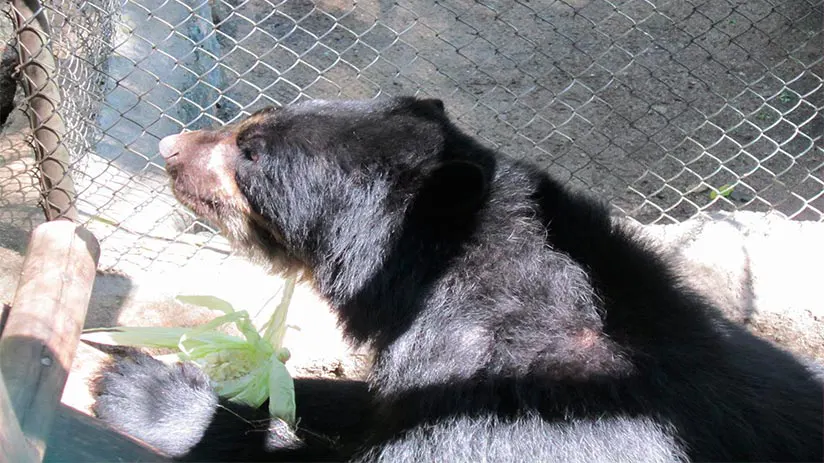
5. Mandor Waterfall and Garden
Mandor is a family private botanical conservation center, located 4 kilometers from the town. To get there, follow the railway tracks towards the hydroelectric area for 50 minutes. Once arrive at the sign: “Mandorpampa”, turn left. Then, follow the signed path until the botanic gardens ticket office. The tickets are $6 per foreign adult and $3 per Peruvian adult. There, you will find a route that passes through beautiful gardens with well-signed plants, herbs, and trees. Finally, you’ll arrive at the waterfall, where you can take a dip and cool off. The complex offers camp zones and some bungalows to spend nights, too.
6. Putucusi Trekking
Putucusi is a mountain located west of this local town and northeast of Machu Picchu citadel. Its name means Happy Mountain in the Quechua language. To reach the starting point of the walk, follow the railway tracks towards the hydroelectric area. After 2 kilometers of walking, you will get to some stairs located on the right side of the railway.
Then, continue walking by these stairs up to reach a giant stone wall with a metal rope attached to it. You will begin to climb by this rope until you get to the other incline stairs. Finally, climb these. The top of the mountain has an altitude of 2560 m.a.s.l. There you will have spectacular views of the north part of Machu Picchu, and the Vilcanota River. Of course, the dry season (from May to October) is the perfect time to hike it. The trekkers have to be persons with good physical and health conditions.
7. Machu Picchu Site Museum
If you finally decide to answer the question, What is Machu Picchu? So, you have to visit the Machu Picchu site museum. It is also called Manuel Chavez Ballón, due to the founder of the museum. 5 permanent exhibition halls compose the museum. Each hall shows didactically the historical moments that occurred in the current area of the National Archaeological Park of Machupicchu. The hall presents infographics, panels, maps, and videos. Without mentioning a collection found in the Inca citadel such as ceramics, lithics, metals, and others.
To get there, you have to follow the railway from Aguas Calientes, towards the Hydroelectric zone. Walking around 2 kilometers. After passing the Puente Ruinas (Ruins bridge). Then, turn right and continue walking for 3 minutes more to get to the Museum. The entrance cost is $7 per person, and the visit can last up to 02 hours.
8. Allcamayo Waterfalls
The Allcamayo waterfalls are another great option in Machu Picchu town. Even, some who already visited the Allcamayos affirm that these are better than the Mandor waterfall. You will take a walk among exotic trees, butterflies, orchids, and beautiful plants to reach some amazing waterfalls.
Among them, stands out a large one of more than 30 meters, called precisely Allcamayo. If you want to visit them, you will have to head to the back of the local train station. And follow a footpath for 1 hour approx. After, you will have to climb some wooden steps up to reach a cabin with the sign “Cascada de Allcamayo”. To enter, you will have to pay an entrance fee of S/. 10 Soles per person.
Bring a swimsuit as you will be tempted to cool off in the waterfall.
How to get there
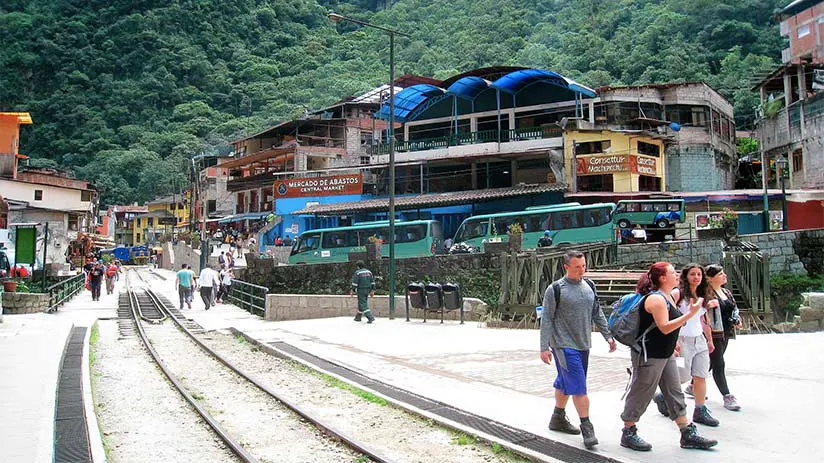
The town is close to Machu Picchu. So, the ways to get to the Inca’s citadel are similar to getting to its modern town. In this sense, we have three different options, from the most popular to the recent way.
A. By train
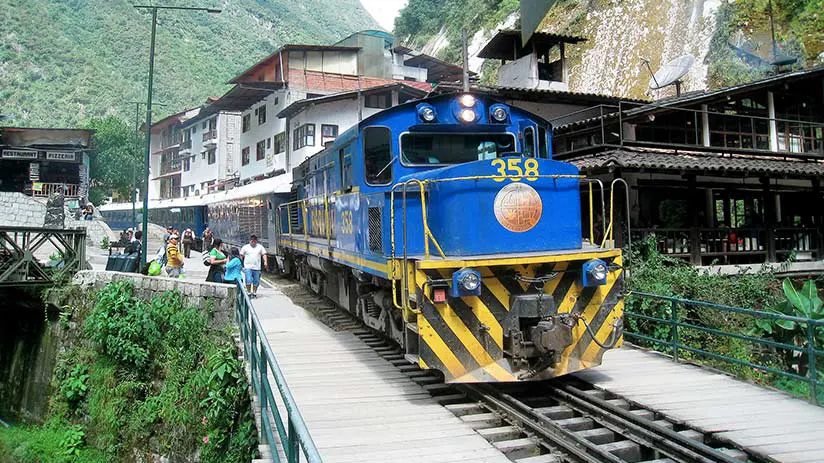
The town is famous for its train station. Therefore, the majority of Machu `Picchu visitants arrive there by train. Today, two train private companies offer tourist services of transportation. These are Peru Rail and Inca Rail. Below, you have a resume table with the train stations, services, costs, and more.
| From | Location of departure | Approx Cost of Train (One Way) | Travel time to Aguas Calientes |
| Wanchaq Train Station | Cusco | $ 80.00 – $ 90.00 | 4 hours approx |
| San Pedro Train Station | Cusco | $ 80.00 – $ 90.00 | 4 hours approx |
| Poroy Train Train Station | Surrounding Cusco | $ 70.00 – $ 80.00 | 3 hours approx |
| Ollantaytambo Train Station | Sacred Valley | $ 50.00 – $ 70.00 | 2 hours approx |
Happily, both companies have varying schedules for the train to Machu Picchu services, departing from these points.
- Wanchaq and San Pedro train stations are located in the same Cusco city. Whereby, a taxi service will be enough to go there and take your train. The taxi cost is around $3.
- Poroy train station is surrounding Cusco and you will have to take a taxi or private transportation to get there. The trip lasts 1 hour and has a taxi cost of $7.
- You will have to take private transportation to get to Ollantaytambo Train Station, in Sacred Valley. The taxi or car trip lasts 02 hours from Cusco to Ollantaytambo. The price can go from $20 to one way.
B. By walking
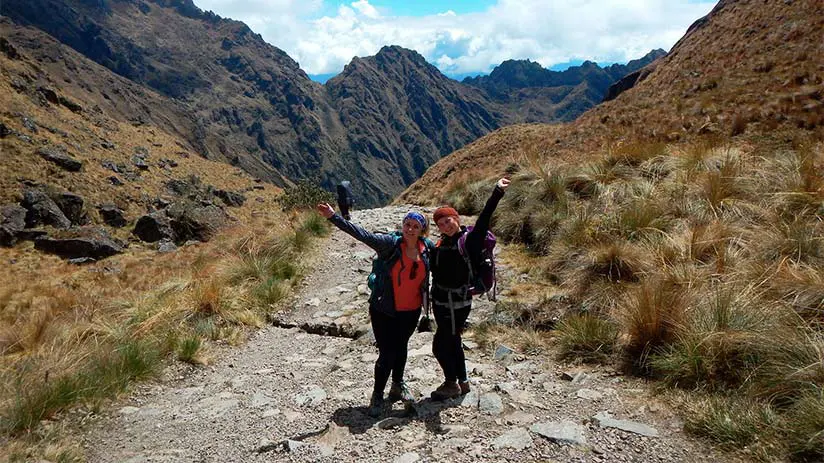
If you want to experience the same sensations that the Incas felt to get to Machu Picchu, why not use the same footpath that they utilized? So, the Inca Trail is for you, and it is the most awesome way to get to Machu Picchu. Also, there are other trekking routes like the Salkantay trek, Choquequirao, and Lares trek. Of course, realize these trekking have a part of their routes in train or bus.
But, What is meant? In short, no route is done entirely on foot. All of them have a part of their journey by bus or train from Cusco. Until getting to some point, where the trekking will begin.
| Trekking | The Point where the trek begins | Trek time to Aguas Calientes |
| Inca Trail | 82 Km (To get there: train) | 4 days |
| Salkantay | Soraypampa Camp – 122 km from Cusco (To get there: bus) | 4 days |
| Choquequirao | Cachora Camp – 165 km from Cusco (To get there: bus) | 7 days |
| Lares | Lares Town- 109 km from Cusco (To get there: bus) | 3 days until Ollantaytambo (From there, taking a train) |
C. By car
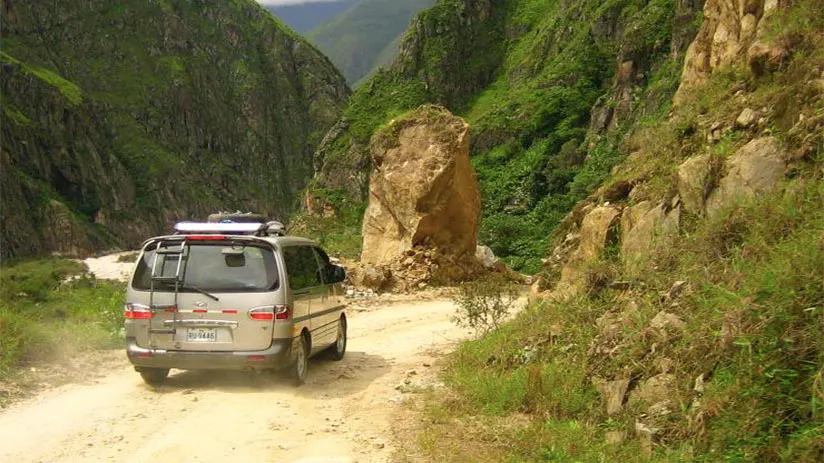
You can go to Machu Picchu town in car. It doesn’t mean that the complete route will be developed by car. Quite the opposite, you will travel by car in the first part until Santa Teresa Town. Following, you will have to go to the Hydroelectric zone. From there, the following part will be by train or walking. Of course, taking this option will depend on the season (rainy or dry). And it will depend on the Machu Picchu Tours types that you have previously chosen. In the rainy season (November to April) the road is usually muddy, and we don’t recommend traveling by it. On the other hand, the dry season (May to October) is the best time to take it.
| From Cusco | Transshipment Area (Hydroelectric Zone) | Get to Aguas Calientes | |
| Car + Train | Bus trip lasts 4 hours approx | Train to Aguas Calientes | 45 minutes of train trip |
| OR | |||
| Car + Walking | Bus trip lasts 4 hours approx | Trekking to Aguas Calientes | 03 hours of trekking |
“Hydroelectric” is the zone where is located a power plant and supports energy to Cusco and Machu Picchu towns. It is located 2 km southwest of Machu Picchu. The car that you took from Cusco will stop there. From this point, a train carriage departs to Aguas Calientes, every day, and returns there, too. In the same train station, you can opt to buy train tickets (S/15 per person, one way). Or you can begin to walk, following the rails, up to the town.
| Train | From Hydroelectric | To Aguas Calientes | Train | From Aguas Calientes | To Hydroelectric |
| 22 | 16:35 | 17:22 | 21 | 12:35 | 13:30 |
| 72 | 07:54 | 08:34 | 71 | 06:45 | 07:29 |
D. From Aguas Calientes to Machu Picchu
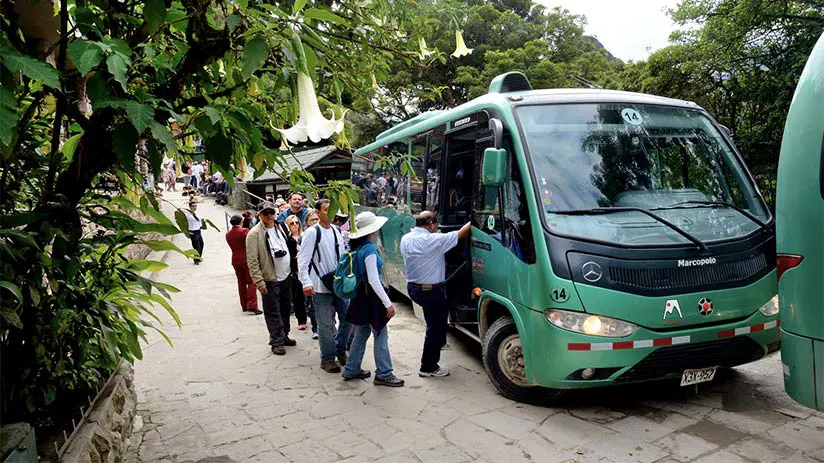
All passengers who want to visit the World Wonder have to pass by Aguas Calientes first. 9 kilometers is the distance from the town to the Inca citadel. And today there are two ways to get to Machu Picchu from this charming town.
1. CONSETTUR Buses
The local people of the town, through a cooperative, are shareholders of a municipal transport company, CONSETTUR. This company is the only one authorized to offer tourist transportation services to Machu Picchu, round trip. The buses are modern, with air conditioning systems and padded seats. The trip lasts 40 minutes and departs every 5 minutes. You can take the buses a few meters from the local train station. And, on the return, from the same entrance of Machu Picchu archaeological park. The buses will drop you up at the same entrance of the citadel and from this point. The bus price per person is $ 24.00, round trip.
2. Walking
If you consider that Machu Picchu is a great goal to be reached with effort, this option is for you. There is a climbing path, in a zigzag, that connects the town with Machu Picchu archaeological park. You only have to follow down the railway toward the south and pass the “Ruins” bridge. Then, you have to turn right and begin the footpath. The footpath is well-signed, so you will not have any problem climbing up it on your own. The trek lasts 01-hour climbing up and another hour going down. However, hiking it during the rainy season (from November to April) is not recommendable. This is because usually, the path is muddy, and there may be mud sliding.
Hotels and Restaurants
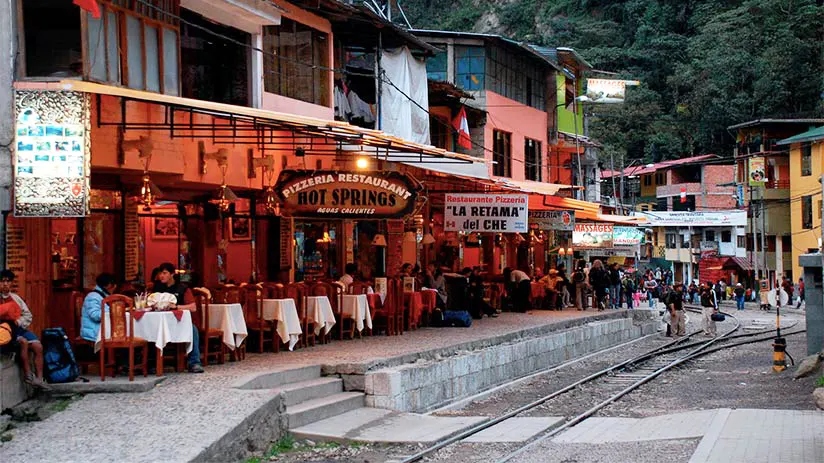
As we mentioned before, nowadays Aguas Calientes has become a port of high tourist flow. In this sense, tourist infrastructure like hotels near Machu Picchu, restaurants, travel agencies, and handicraft markets, inter alia abounds in the area. With many offers, the tourist could be overwhelmed and confused. Therefore, we will give you our recommendation of the best restaurants and hotels that you can find in the zone.
A. Hotels
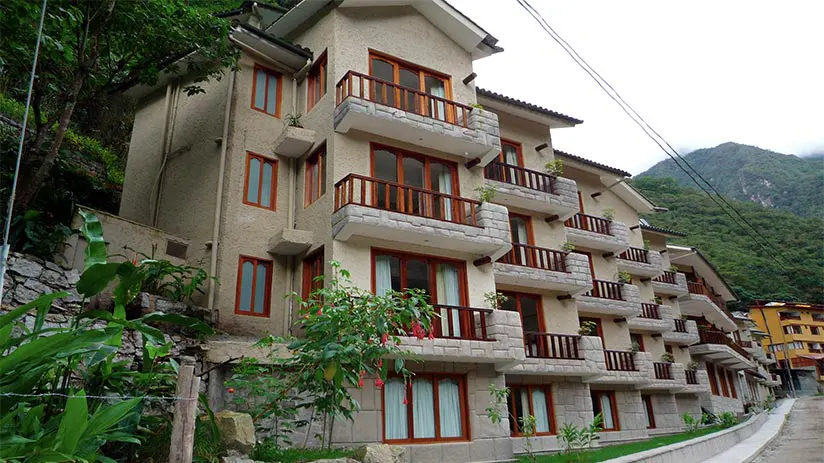
1. Luxury
Belmond Sanctuary Lodge
A five-star hotel located on the same top of the mountain. Even its main door is opposite the entrance to Machu Picchu. This is the main factor because its rooms and reservations are so expensive. The hotel has bungalows, suites, double rooms, single rooms, a pool, and a spa center. And it offers a first look at Machu Picchu citadel!
Sumaq Hotel Machu Picchu
This five-star hotel is located in the same town (South of it). The hotel has a spa, a restaurant, and a bar. Free Wi-Fi in common areas and free train station pickup are also provided. In addition, the property features a snack bar, a sauna, and a conference center. All 62 soundproofed rooms feature free Wi-Fi and iPod docks. Entertainment options include LCD televisions with cable television channels. Also, guests will have a pillow and bedspread menu at their disposal.
El Mapi by Inkaterra
This is the jewel of the Inkaterra hotel chain in Machu Picchu. It is located northeast of the main square of Machu Picchu. The five-star hotel has Wi-Fi free in public areas, and breakfast is included in all its services. In addition, its 161 comfortable rooms have minibars, Wi-Fi, and TV HD cable. The bathrooms have a shower, robes, free bathroom amenities, and a hairdryer. Of course, the public areas offer a spa salon, a restaurant, a bar lounge, and much service more.
Inkaterra Machu Picchu Pueblo hotel
It is located south of the town. This hotel has a big extension where is located its infrastructure and Spectacled Bear Conservation Center. The hotel has 83 accommodation options with a DVD player and is safe. Also, these lodging options have an independent rest area. The beds are equipped with Egyptian cotton sheets and high-quality bedding. The host can choose its pillow type. TV with satellite signs and the bathrooms are well-equipped.
2. Medium
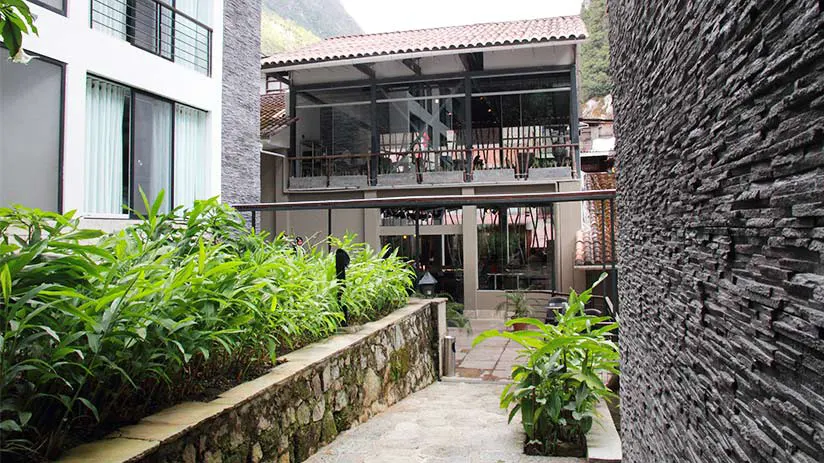
Casa Andina Standard Machu Picchu
Casa Andina is a Peruvian hotel chain destined for urban and business tourists. The hotel is the first lodging located outside the town center. The hotel has 53 rooms with free Wi-Fi, flat-screen TVs, and ceiling fans. Other services available to guests include a hairdryer, in-room safe, and shower. Besides of business center, snack bar, inter alia.
Taypikala Hotel Machu Picchu
This hotel is located north of the town. This hotel has 22 rooms with a minibar and a safe box. The beds are equipped with high-quality bedding. LCD television with cable channels is available. The bathrooms are equipped with free toiletries and a hairdryer. This hotel in Machu Picchu offers free Wi-Fi access. A cleaning service is provided daily.
Tierra Viva Machu Picchu
It is located northwest of the town, just before getting to the Sumaq Hotel. Tierra Viva Machu Picchu has 42 lodging options with air conditioning, a safe deposit box, and complimentary bottled water. There is a 32-inch LCD television with cable channels. The bathrooms are equipped with a shower and hairdryer. This hotel in Machu Picchu offers free Wi-Fi access. Business traveler amenities include desks and phones. Turn-down service is provided at night and housekeeping is provided daily. Hypoallergenic bedding can be requested.
3. Budget
Presidente Hotel Machu Picchu
This hotel is located two blocks west of the main square. Usually, the hotel is used to host tour guides or tour conductors of tourist groups. Hotel Presidente is a small family-friendly hotel offering a flat-screen TV in the rooms. Also, it is easy to stay connected during your stay as free internet is offered to guests. Plus, guests can enjoy free breakfast, which has made this a popular choice among travelers visiting the town.
Amaru Hostal
It is situated 400 meters from Machu Picchu Hot Spring and 2.8 km from Huayna Picchu. The rooms are equipped with cable TV and a private bathroom. Hostal Amaru Backpackers provides free Wi-Fi. The reception is open 24 hours. Hostal Amaru Backpackers is a few steps from Wiñayway Park and 200 meters from the stadium.
Continental Hostal
It was renovated to improve the quality of care for guests. It is located along the main street, five minutes from the plaza of the town. It has 16 rooms decorated practically for the comfort of our guests. In addition, it was decorated to improve the quality of care our rooms have private bathrooms and heating.
Waman Hotel
This three-star hotel is located in the downtown area of the town. It is just a few minutes from the train station, the craft market, and many more attractions. Its infrastructure has an elegant, functional, and very comfortable design. In addition, it is surrounded by a beautiful mountainous landscape, allowing you to connect with nature.
B. Restaurants
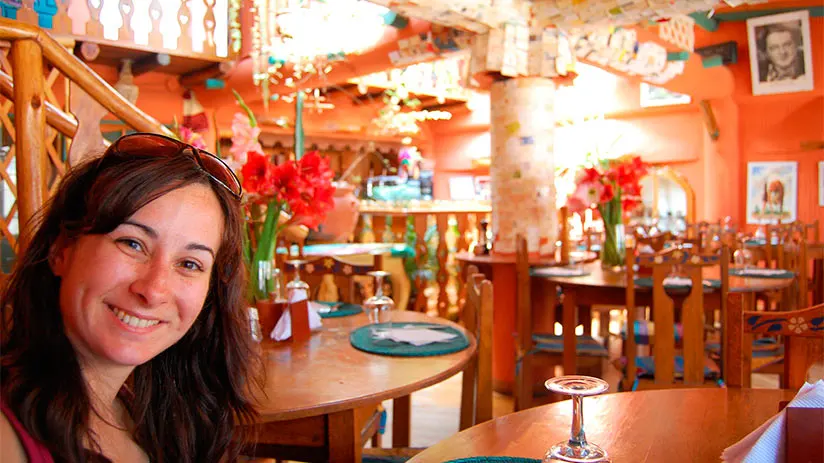
The restaurants in Aguas Calientes are many. Usually, the best place to eat something is the same restaurant as most known hotels (mentioned before). However, three restaurants work on their own and are renowned by tourists and locals, too.
Indio Feliz
This is a Franco-Peruvian cuisine restaurant located east of the main square of Manco Capac. The restaurant offers a great variety of dishes and beverages, like Pisco Sour, beers, and tasty dishes. Its options combine French and Peruvian ingredients, with a comfortable atmosphere. Without a doubt, a perfect place to spend lunch or dinner close to Machu Picchu. (Lloque Yunpanqui Street, 103)
Sanctuary Lodge Restaurant
This is the buffet restaurant of Belmond Sanctuary Lodge Hotel. There you will find buffet options of lunch, Peruvian, international, and vegetable cuisine. This is perfect for those who want to taste delicious dishes for a short time before entering Machu Picchu.
Totto’s House
This restaurant has three advantages (Besides tasty dishes, of course) in comparison to other restaurants. The first one is the decoration of the place, comfortable, cozy, and charming. The second is the location, which is very close to the train station. The last one is the spectacular views the eater has of the Vilcanota River (on the second-floor balcony). Imperio de los Incas, Avenue 600.
Tips to enjoy
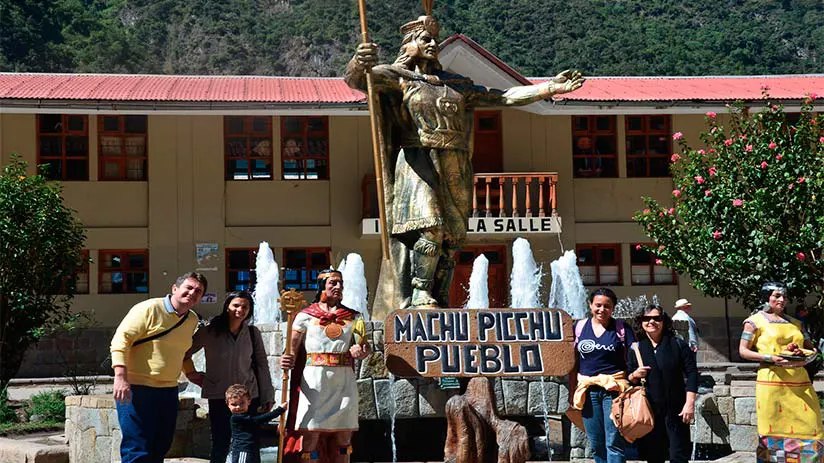
It is expensive
The only means of transporting supplies to the village is by rail. As a result, everything sold there is usually expensive. These are the principal reasons why souvenirs to buy in Machu Picchu are more expensive than in Cusco City. We recommend buying things of first necessity in Cusco or Sacred Valley, but not in the same Machu Picchu town.
Money
95 % of establishments accept credit cards (Visa, Mastercard, Diners Club, inter alia). The US dollars and Soles are accepted, too.
It is worth spending a night there
If you want to see the beautiful Machu Picchu sunrise, spending a previous night there is recommended. No train leaves Cusco at midnight to reach Machu Picchu at sunrise. Please, take note of that.
ATMs
In the Manco Capac main square and surrounding streets you will find ATM machines. But, before, take note if your bank charges some commission for withdrawing cash abroad.
Personal Documents
Have your original passport at hand. You will present it at the entrance to Machu Picchu.
Allowed luggage weight on the train
5 kilos or 11 pounds is the maximum weight allowed on the train.
Luggage Stores in hotels
The majority of hotels have free luggage storage for their hosts. You can leave your luggage while taking a walk in the town, visiting Machu Picchu or any other attractions. After that, you can get your luggage to take a train back or do a late check-in.
Take care of Mosquitos
Aguas Calientes is located in the Jungle eyebrow of Peru. Also, the weather there is hot and humid (increasing these characteristics in the rainy season). Therefore, the presence of mosquitos is annoying for many visitors. Buy a repellent before and use it when you stay in the same town, where mosquitos’ presence is greater.
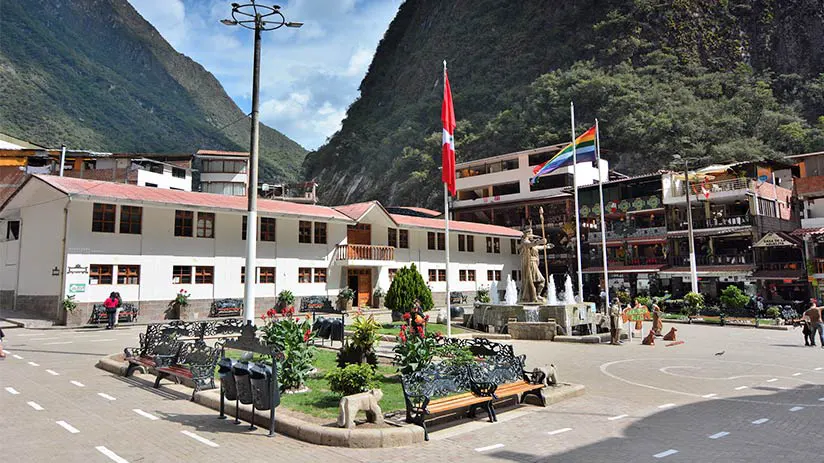
The rains can occur at any moment
So, Where is Machu Picchu located? Well, the citadel is located in a Jungle area, and not is necessary to be in the rainy season to get some good showers at any moment. Therefore, bring with you raincoats, trekking pants, light jackets, and shoes with chunky soles among others.
Spanish is not so important
As a tourist zone, the population of the town has English as its second language. So, communicating there will not be a problem. Of course, Spanish words courtesy as “Buenos dias”, “Buenas tardes”, “Por favor”, will never hurt to learn.
“SEE THE WORLD. IT’S MORE FANTASTIC THAN ANY DREAM”
We hope to give you all the necessary information to have a good time in Aguas Calientes. A town with a great variety of restaurants, hotels, handicraft stores, and markets among others. Even, this cosmopolitan town is a perfect meeting point for many people with only one objective, visiting Machu Picchu citadel. Therefore, Machu Travel Peru hopes to have helped you find the best information about this beautiful town. Remember, we are here for any questions or vacation planning that you will have regarding Machu Picchu and its support town. Until another opportunity!
Peru has so much to offer, it can be hard to know where to start. With many years of experience in the tourism sector, Machu Travel Peru is happy to help with anything regarding your trip to Machu Picchu and any tours around it. Make your Machu Picchu experience an unforgettable one!
